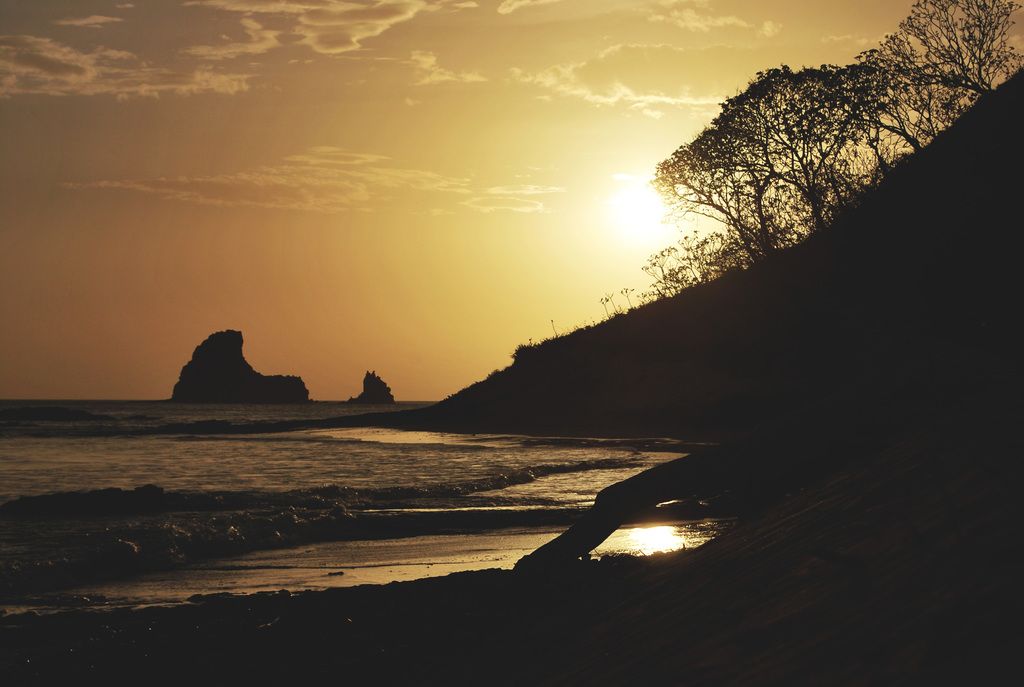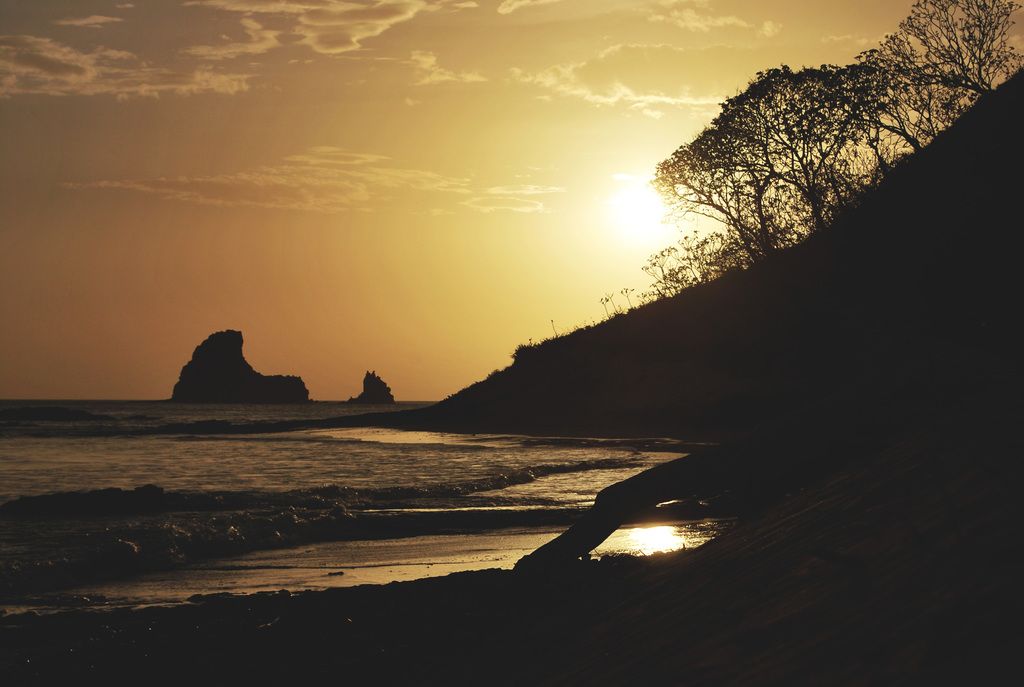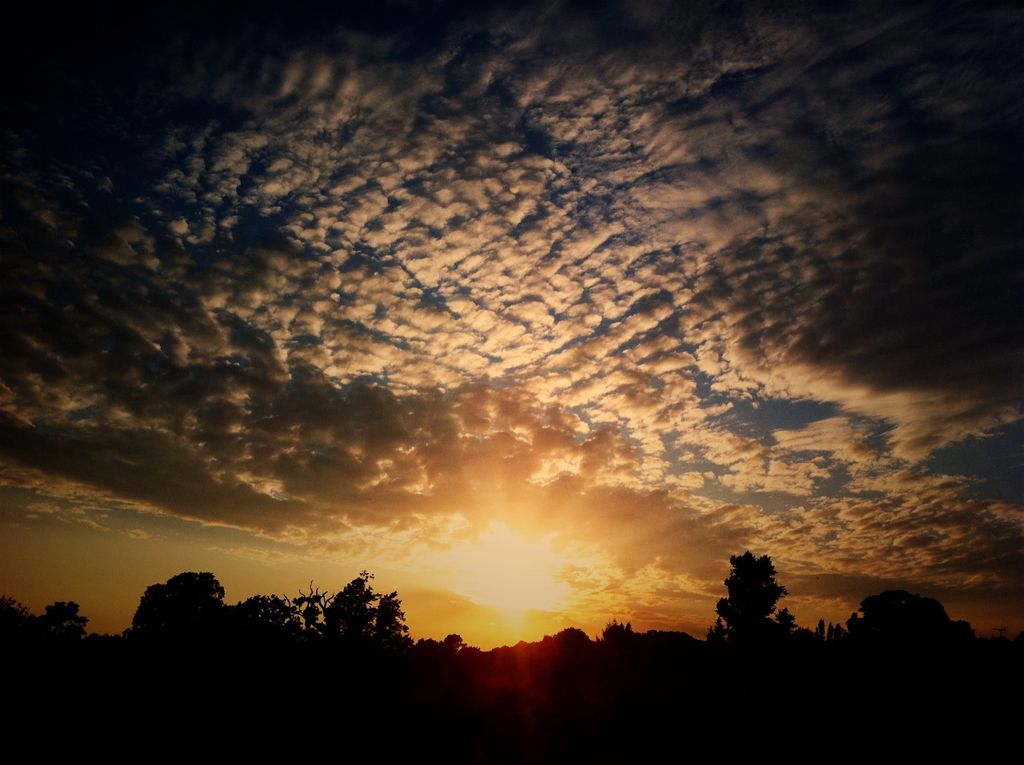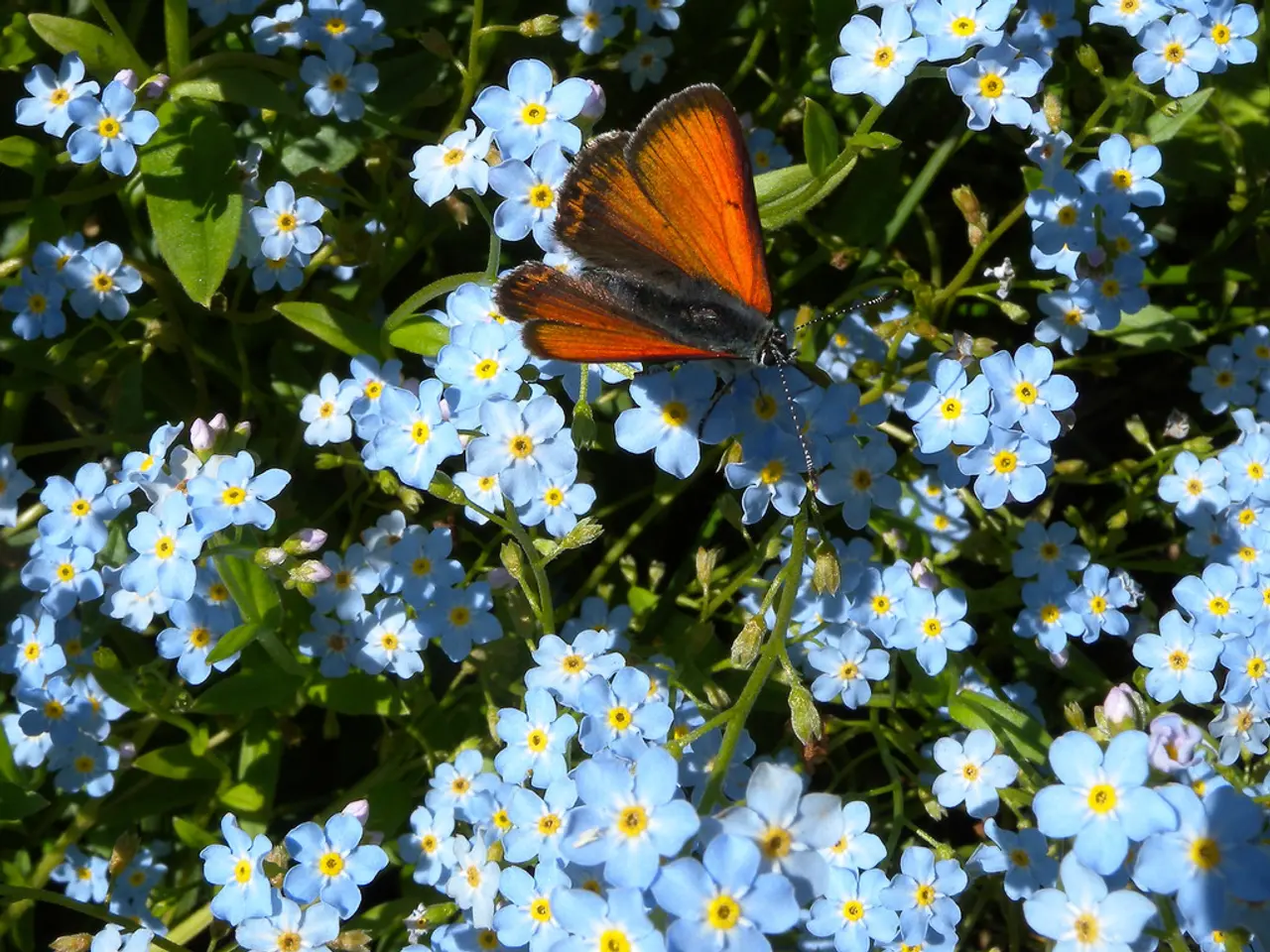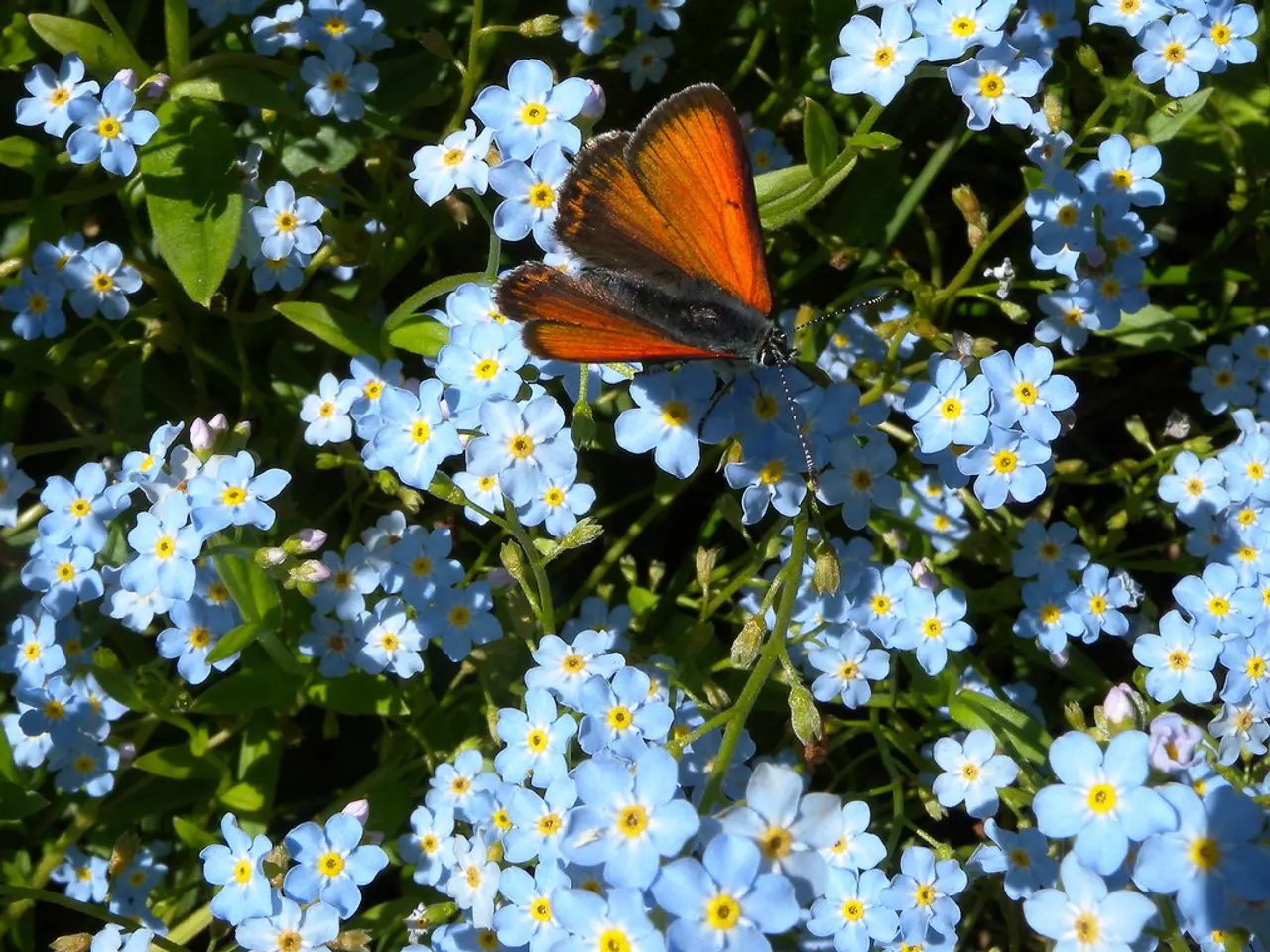10 vegetables and flowers thriving in wet conditions
So You've Got a Swampy Garden? No Problem!
Congratulations on having a garden with all that moisture action going on! Whether it's a soggy area under a tree or a marshy patch that drains poorly, here's your guide to turning that swamp into a surprising oasis.
Play to your garden's strengths by planting species that love a good soak. Consider creating a bog garden to take advantage of those damp areas. After all, many plants thrive in wetter conditions. Here's a lowdown on some wet-loving plants that will bring some color and life to your garden.
Go Wild with Hostas
Hostas are perfect for moist, damp areas. 'Yellow River,' for instance, is a large variety with veined green leaves with yellow margins and purple flowers from July to August. It's more tolerant of sun than other hostas, so it's perfect for growing in a sunny or partially shaded border. Just remember to protect it from the slithering slugs and snails.
Got Space? Try Himalayan Honeysuckle
Leycesteria formosa is a lovely shrub that bears shapely leaves, trailing white and claret flowers from mid- to late summer, followed by reddish purple berries in autumn. The flowers are a magnet for bees, and the berries attract many species of bird, including blackbirds. Grow this beauty in full sun or partial shade.
Fake the Fogs with False Goatsbeard
Astilbes (false goatsbeard) bear masses of ferny foliage, from which elegant plumes of feathery flowers appear from late spring. They do best in shady, woodland garden schemes where their pink or white blooms provide a splash of color.
Iris Sibirica: Blooming for You
Iris sibirica produces small, delicate flowers and narrow, bright green foliage. It forms clumps, so it needs space to spread out. Grow it in neutral to slightly acidic soil in sun or partial shade.
Bleeding Heart for Your Heart (and Garden)
Lamprocapnos spectabilis, formerly known as Dicentra spectablilis, bleeding heart, has heart-shaped flowers with white tips, which hang from arching flower stems in late spring to early summer. Although it grows in light shade, it often does even better in a sunny border, provided the soil stays sufficiently moist.
Hydrangeas: A Love Affair with Moisture
Many beautiful and versatile new hydrangeas have been introduced in recent years, and there are some beautiful varieties for all kinds of gardens. They will thrive in shade or sun but do like moist soil. Remember, different types of hydrangeas require different pruning techniques.
Masterwort: A Show-Stopper
Astrantias prefer moist soils but will tolerate drier conditions as long as the plants are mulched with leaf mold. Astrantia major 'Shaggy' has striking, large flowers with green-tipped, pointed white bracts, held above a mound of glossy green leaves. For best results, grow it in partial shade.
Candelabra Primula: A Primula Party!
Candelabra primulas form semi-evergreen rosettes of leaves, from which appear upright spikes of small flowers in early summer. Plant them in groups and allow them to self-seed. They're a good choice for a damp woodland garden. For best results, grow them in moist, acidic to neutral soil, in partial shade.
Dive into Bistort
Persicarias are mat-forming perennials, bearing an evergreen carpet of tidy green leaves, from which short spikes of flowers appear from midsummer to autumn. Perfect for using as ground cover, they work well at the front of a border in sun or partial shade.
Planting for a Pink Paradise
Colourful-barked dogwoods are grown for winter color, when their colourful bare stems shine like beacons in the winter garden. Cornus alba 'Sibirica' has deep red stems, greyish green, white-margined leaves, small, creamy-white flowers and clusters of white berries. It produces the brightest stems when planted in full sun.
Muddy Gardening Tips
- Add grit to improve drainage, especially during the winter months, as many plants don't enjoy sitting in cold, very wet soil.
- Add well-rotted compost at least once a year – this will help to aerate the soil.
- Heavy rain can cause compaction to the soil surface, creating a 'pan.' Break up the soil surface with a fork to prevent a pan from forming.
- Don't walk on the soil after heavy rain – this will cause further compaction. Stand on a plank or board when digging or planting.
- Excessive rainfall washes nutrients from the soil. Keep your plants healthy, and flowering and fruiting well, by digging in well-rotted compost or manure, or by feeding with fertiliser such as chicken pellets.
- Slugs and snails thrive in damp conditions. Be vigilant and pick off any that you see. Sprinkle slug pellets sparingly. Discover ways of keeping slugs and snails at bay.
- If your soil is very wet, consider creating raised beds – this will allow you to grow a wider range of plants.
More moisture-loving plants include Actaea, Angelica, Autumn asters, Carex, Cowslip, Deschampsia, Hakonechloa, Hart's tongue fern, Hesperantha coccinea, Lobelia, Lythrum salicaria, Monarda, Phyllostachys (bamboo), Rodgersia, Rudbeckia, Salix (willow), Sanguisorba, Solomon's Seal, Spiraea, Trillium, Viburnum opulus, and Zantedeschia.
Happy gardening, soggy gardeners!
Embrace raised beds to cater to a variety of home-and-garden lifestyle needs, as they are particularly useful in managing moisture levels. By using raised beds, you can grow a wider range of plants, including those that thrive in humid conditions such as 'Yellow River' hostas, Himalayan honeysuckle (Leycesteria formosa), false goatsbeard (Astilbes), Iris sibirica, bleeding heart (Lamprocapnos spectabilis), hydrangeas, masterwort (Astrantias), candelabra primulas, bistort (Persicaria), and other wet-loving plants like Actaea, Angelica, Autumn asters, Carex, Cowslip, Deschampsia, Hakonechloa, Hart's tongue fern, Hesperantha coccinea, Lobelia, Lythrum salicaria, Monarda, Phyllostachys (bamboo), Rodgersia, Rudbeckia, Salix (willow), Sanguisorba, Solomon's Seal, Spiraea, Trillium, Viburnum opulus, and Zantedeschia.

